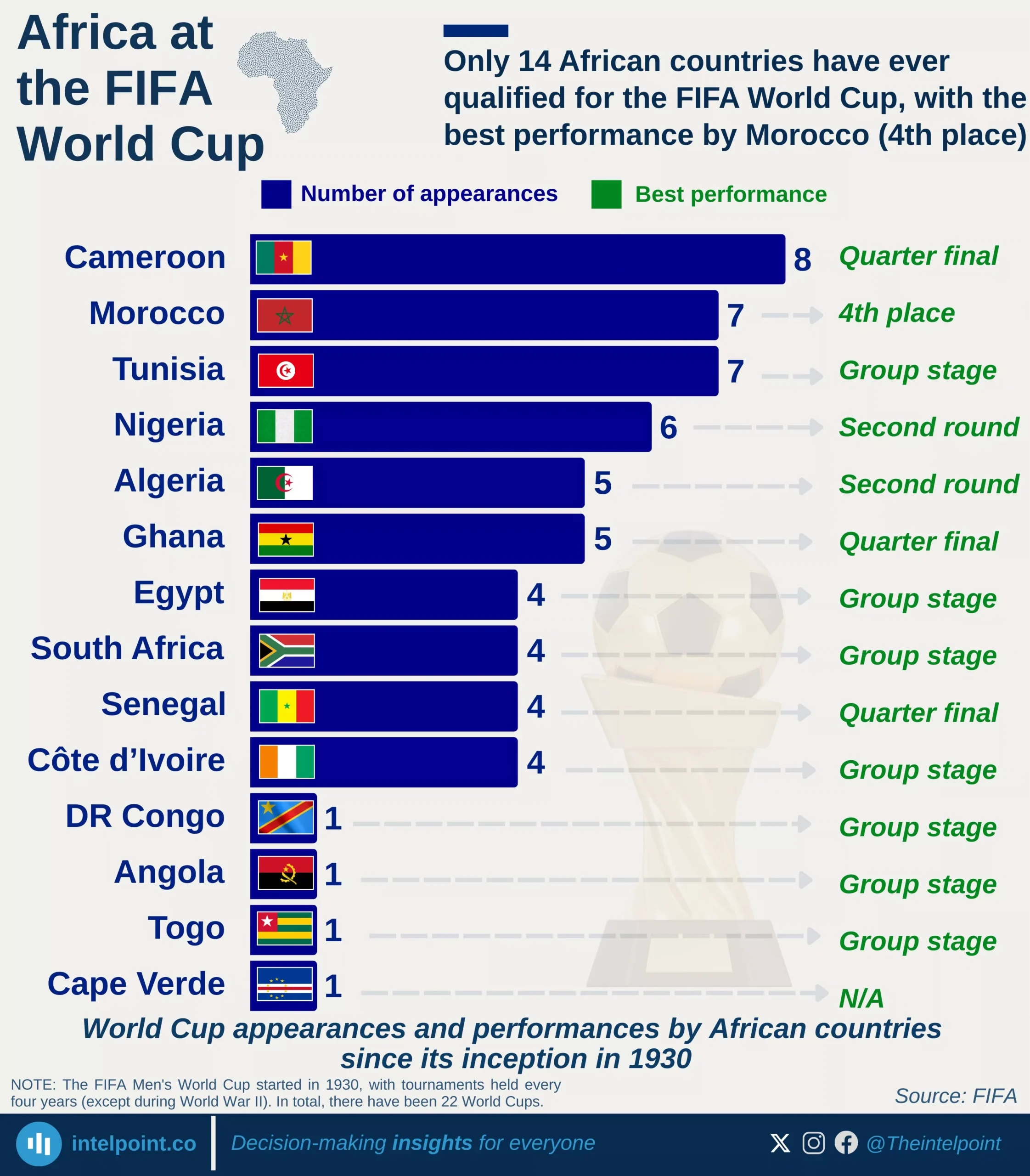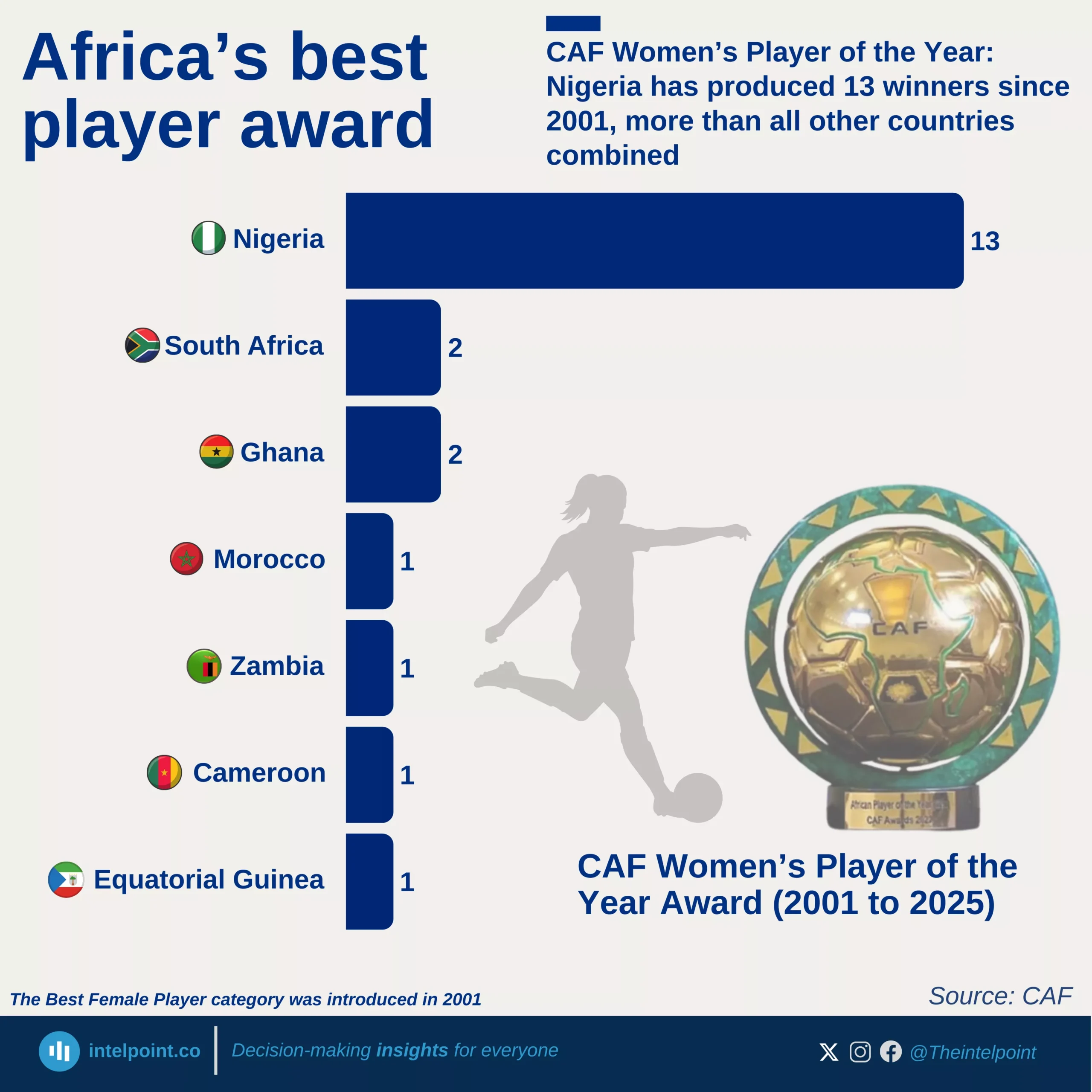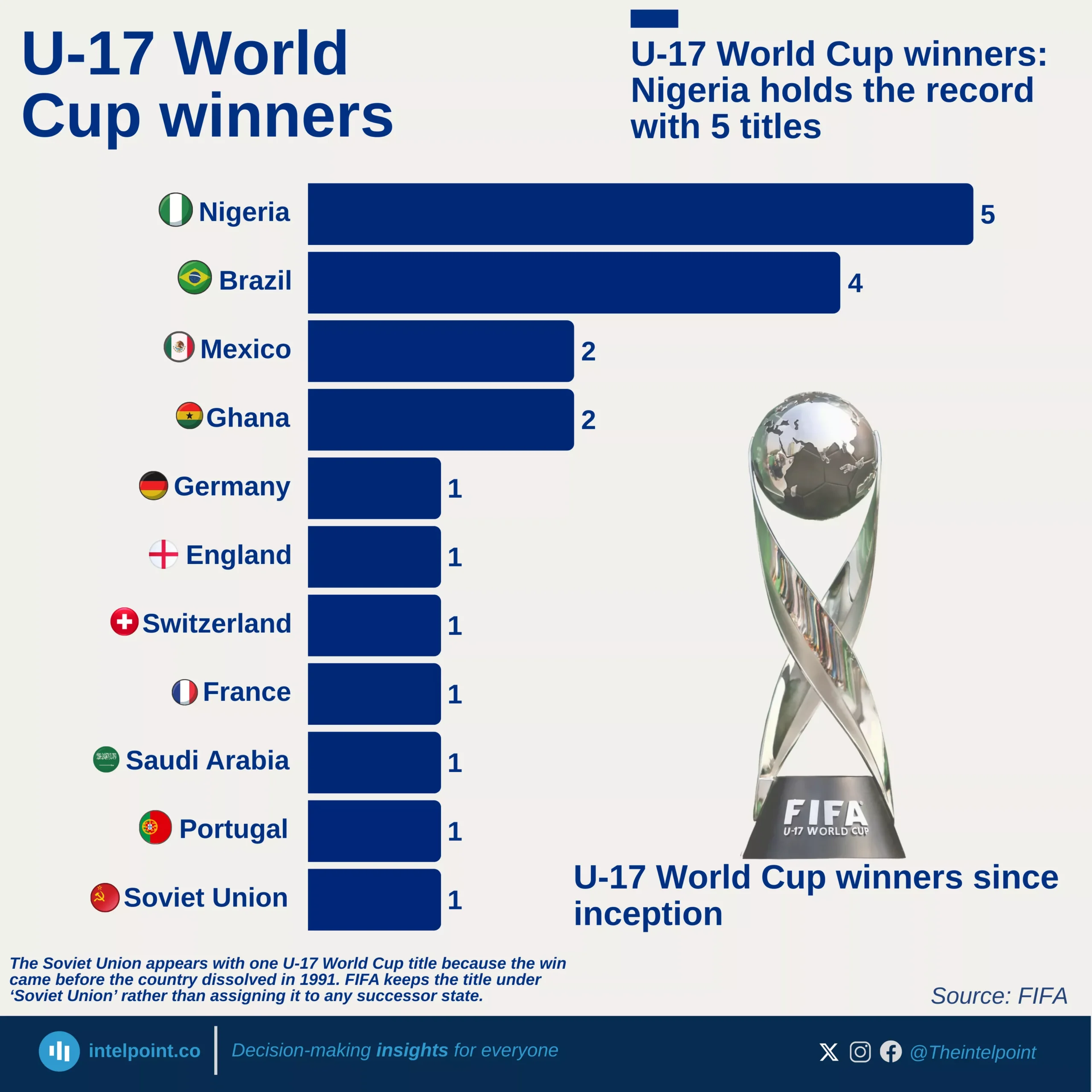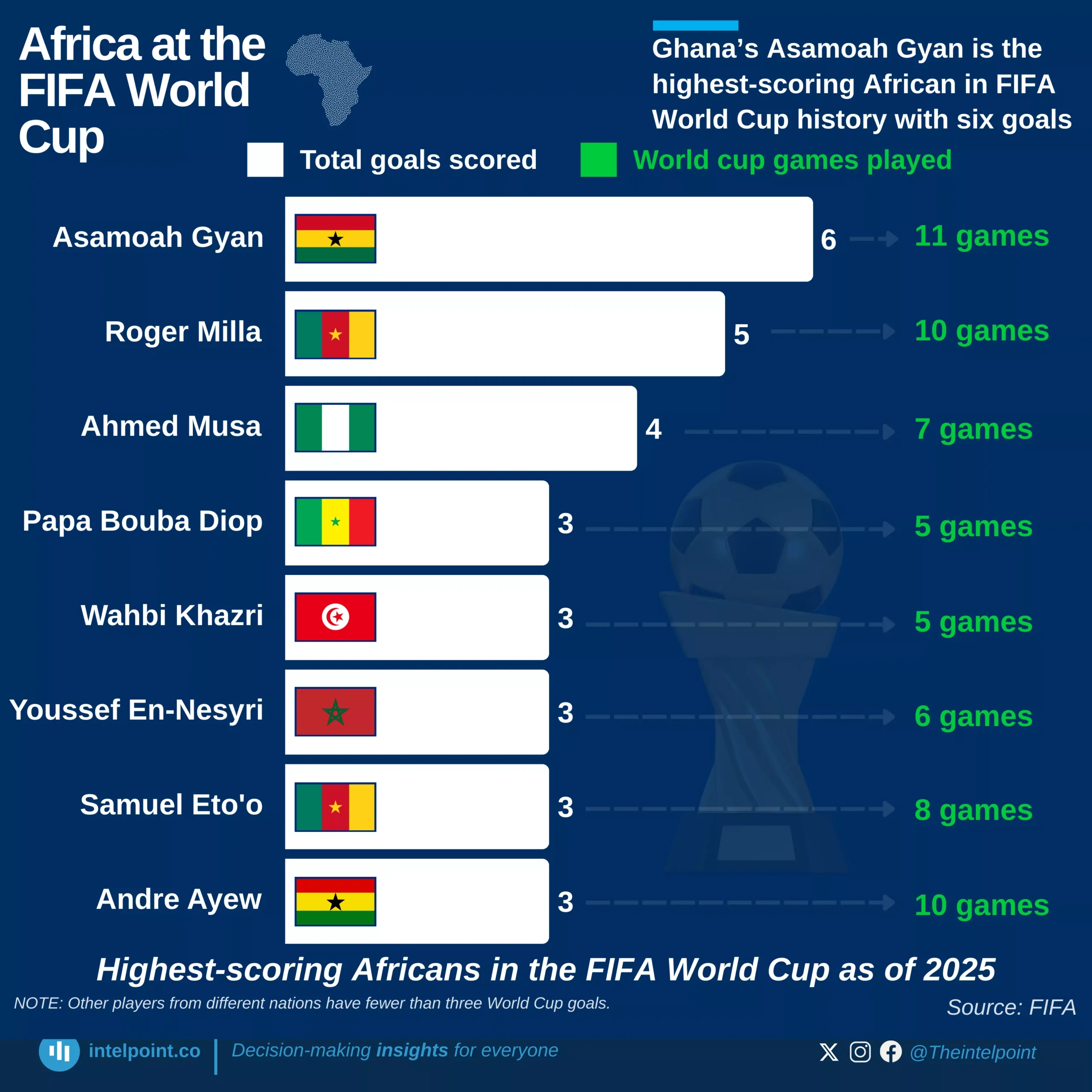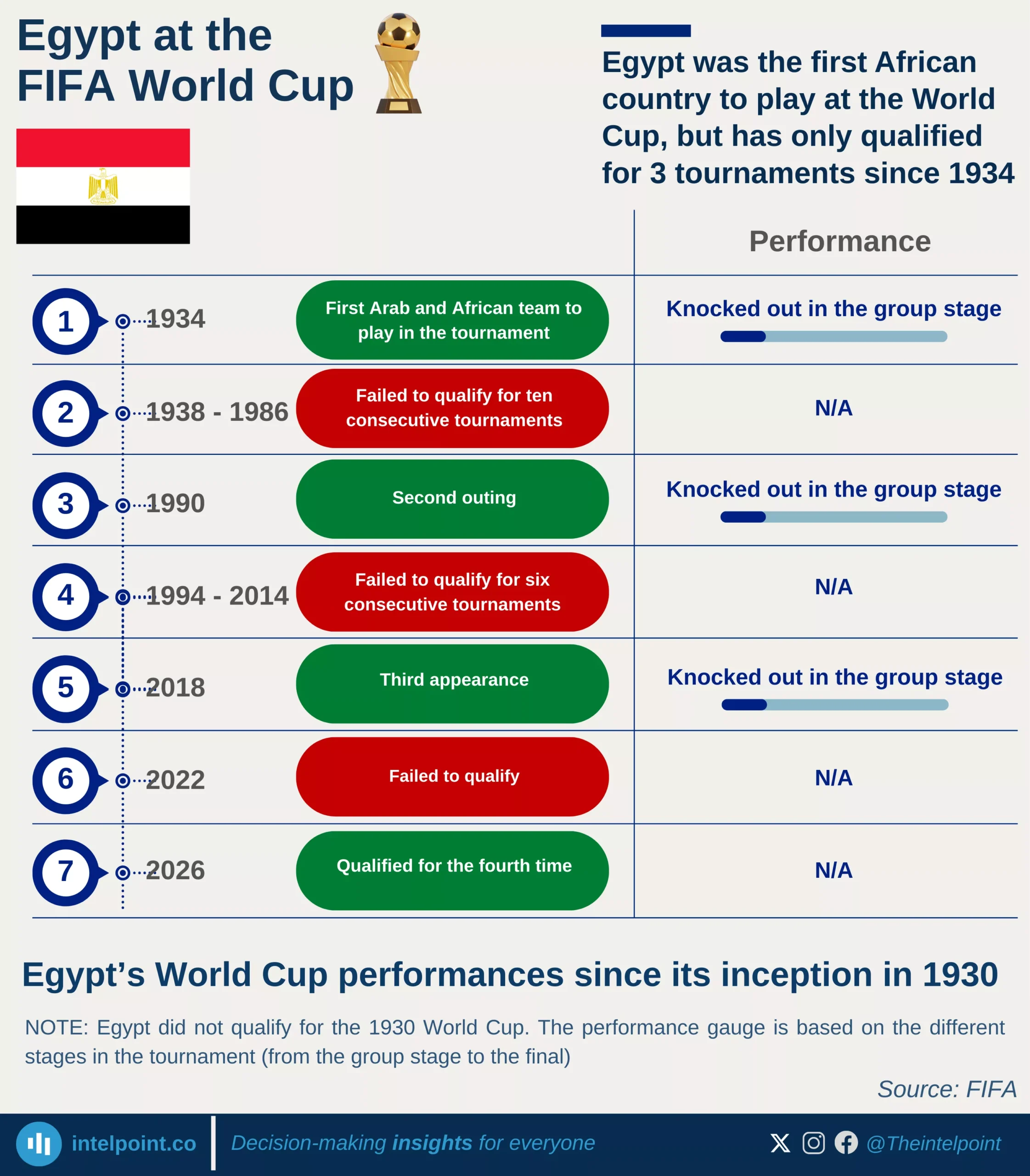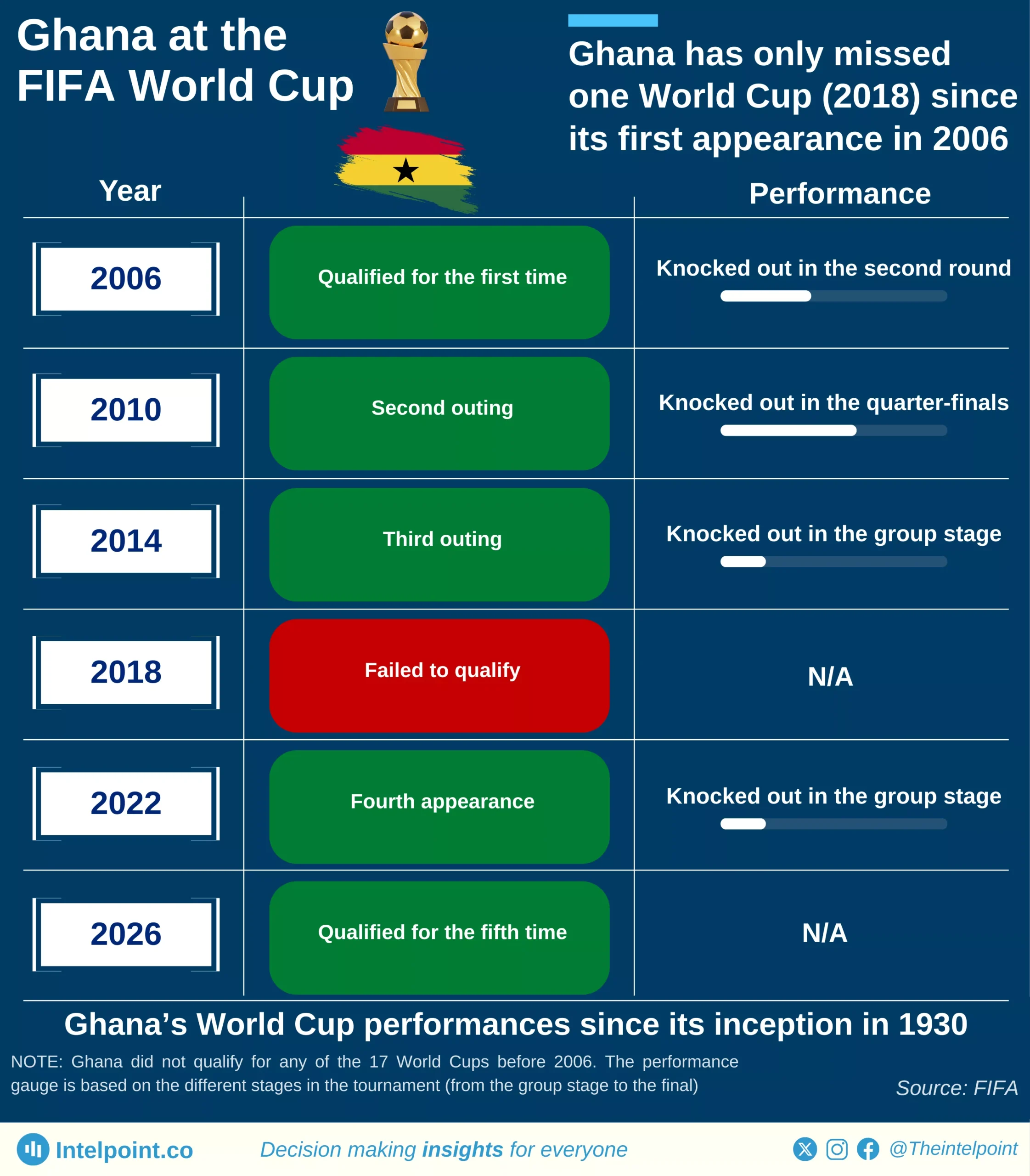Nigeria’s top scorer chart has a new look after the 2026 World Cup qualifier against Rwanda. Rashidi Yekini still leads the all-time list with 40 goals in 58 games, a legendary feat untouched since the 1990s. But Victor Osimhen is closing in fast. With his latest goal, Osimhen now has 26 goals in 40 appearances, moving past Segun Odegbami, who scored 23 in 46.
What sets Osimhen apart is his efficiency: his 0.65 goals-per-game ratio places him just behind Yekini’s 0.69, making him the most clinical finisher Nigeria has seen in recent years. The race for Nigeria’s all-time top scorer is heating up and history could be rewritten soon.
